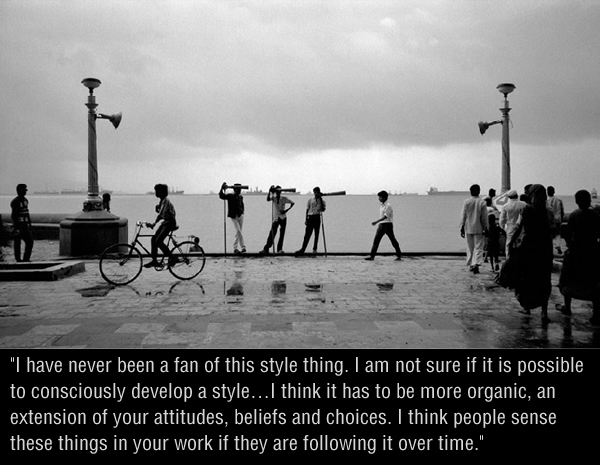
About you and your journey as a Photographer?
My introduction to photography was purely accidental. In the early 1990s the pavement booksellers still used to be around Flora Fountain in Bombay and I used to frequent them to pick up cheap bargains. On one such day I came across a copy of LIFE magazine. I picked it up and on my way back to Chembur I went through the pages again and again. … I had never seen anything like that before. Those larger-than-usual sized pages, those pictures on subjects as varied as the civil war in Chezckoslovakia, Nicolae Ceaușescu’s burning palace, a story on “the cutest baby in America” and another on the oldest wind surfer are the ones I recollect to this day. I also clearly remember many of those strikingly displayed photographs (LIFE was a magazine much bigger in size than any other I had come across). I think, my life changed at that moment! For the first time ever I truly wanted to pursue something…I had a career plan! I suddenly wanted to become a photojournalist and nothing else.
I was then in my last year in college and from that time all I could dream about was photography. I started going back to those streets feverishly hunting for more issues of LIFE. Soon, I had quite a collection. I slowly got familiar with names of photographers and also started finding other books and magazines with works by my gradually developing list of favourites. You must realize that this was a time before the internet and Google. Knowledge and exposure to happenings around the world wasn’t a simple mouse click away. Your intent had to be very serious and you needed to be very dogged in your pursuit. I was. And so my education began. But at this stage I didn’t own a camera and the only camera available was a small point-and-shoot one at home and I was not allowed to take it out very easily. In those days cameras were still luxury items in most middle-class households, unlike today.
After college I started working in advertising and 2 years later I bought my first camera but till then I would save from my meager trainee’s salary and buy colour negative film and smuggle the camera out from home to shoot whenever I got the time. When I bought my first camera the problem was that I didn’t know how to shoot on a SLR. My knowledge of technicalities was purely theoretical and therefore, good enough only for a point-and-shoot kind of photography. I had no idea of how to work the aperture and shutter speed combinations. I learnt those once I was thrown into the fire in the course of daily news assignments at The Sunday Observer newspaper. In those situations you either learnt fast or you perished.
Another event, I believe, that played its part was the advent of satellite TV in India. In the beginning as the dish antennas slowly popped up, if you remember, there were just 4 channels to view. BBC World was one of them (otherwise there was only The World This Week on Doordarshan that showed us what was happening around the globe) and I would return from work and just watch the international news and various documentaries like Assignment and Panorama through the day. Slowly, those looping programmes started making their impact and I found myself getting more and more interested in news, current affairs and soon the journalism bug had bitten me. My reading of various magazines continued as did my studying of the photographs in them. I feel, if I were a few years older I would probably have already made my big life decisions by the time satellite TV arrived and if I were younger then by the time I had to start thinking about a career path I would have been saturated with the trash on TV.
I think all these events came together very fortuitously in my becoming a photographer and journalist.
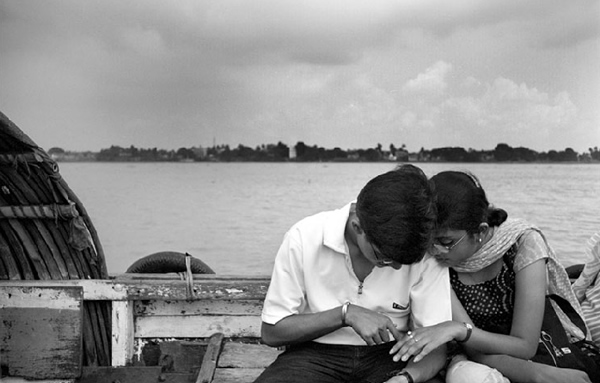
Your experience in this field of journalism and your profession as a photo-editor. Some thoughts on it?
I am very much at peace with my choice of career. The experiences have been wonderfully varied. Assignments have taken to all states of the country barring 5 in the north-east. I have had the opportunity to witness events, good and bad, exhilarating and scary, meet and photograph some very sharp people from diverse backgrounds and make a few friends amongst them. I’ve done mad things like flying across the country in a hot-air balloon for an assignment. I’m sure I’m forgetting many routine assignments which allowed me to sharpen my skills daily. In what other line of work could I get to have such experiences? So, journalism and photography have been very rewarding to say the least.
Magazines have always interested me. Like I mentioned, I used to buy secondhand copies from the street as a teenager. I loved to read them, I loved to see how they were laid out and naturally was also drawn to the photography. I think there was always a latent interest in how all these three streams came together between the covers week after week. So, when I started working in the newspapers and magazines I got involved in understanding how departments other than photography work as well. The reporters, layout artist and illustrators were all my friends as much as the photographers were. After my stint in advertising, printing technology was also something that fascinated me and so I used to hang out with a few of the production people as well. I think I got along with them all and with time started to understand the nuances of each ones’ work and how they fitted into the larger process of putting out publications. I started to realize what each department’s reasons for unhappiness was and what in turn made them happy. These were usually the same things for all people and those got stored away in my head as I felt that when someday I’d work as an editor of photography these would be useful inputs from the point of view of man management. But the most crucial thing I learnt was that I wasn’t the most important (which, by the way, is how each one saw themselves) but that I was part of a process, just a cog in the wheel. I had to understand how I fitted in and how others fitted in around me to forge an efficient process. It was smooth sailing from then on.
This realization came in handy when I became editor of photography at Timeout India because the photo-editor is, ideally, the person who stands in the centre linking the three departments comprising of writers, photographers and designers (unfortunately in India this post is largely seen as a seniority posting and not one of skill and judgment like most editor functions ought to be). As the editor of photography you have to understand the written word (and how writers do their job), you have to understand how the photographer needs to interpret or visually represent the writer’s information and sometimes also add to it in ways in which the written word may sometimes prove inadequate. You also need to be aware of the issues the photographer may be up against while doing certain stories and also be able to visualise the potential of the story in order to push the photographer in particular directions. Finally, you need to understand how the two (image and text) will co-exist on the page and what would help the reader navigate through it all. So, you see it’s not about giving visuals more importance over texts but about creating a seamless mix so none of it is jarring for the reader. It’s about understanding communication, in short, and being able to tell stories. That’s the job and by its very nature it is collaborative. And it’s often about people handling – people’s egos and attitudes and sometimes also their delusions about themselves. My critiquing of a photographer in this process is rarely personal (but praise, is) but to achieve a certain quality in the end result. But photographers are a very touchy species and don’t like deficiencies to be pointed out in the work (and I know that because I am primarily a photographer and I’ve had to suppress this trait while looking at my own work). An editor is not there to kill your work but by not have the baggage of the creator of the work may have a point of view that could possibly improve it. But for that photographers have to trust the particular editor’s judgment and instincts and be willing to collaborate.
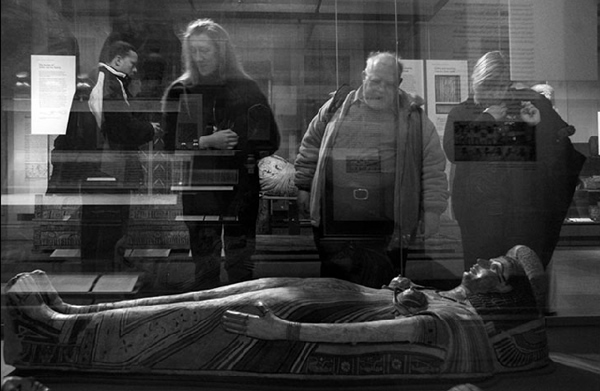
What makes street photography so special for someone like Chirodeep?
The fact that I discover my city through it.
A majority of your street pictures are in B/W, so could you elaborate on the role of black and white when it comes to street photography?
I don’t agree that black and white is a medium that is better suited to successful shooting of pictures on the street. It’s really up to the photographer and how he sees his world, how he organizes things in his head. Some are better with colour and some do well with black and white. I am barely finding my feet with colour.
I’ve preferred B/W because when I started B/W film was cheaper than colour transparencies and shooting on B/W film meant I could make my own prints in the darkroom at The Sunday Observer. Prints from slides involved a much more complicated process and also expensive and I didn’t like the feel of those prints as they rarely looked like my transparencies. So, in the early years it was a matter of economics which pushed me in my choice of medium. I also found that with time I got better with B/W and so my preference was more towards it. I started enjoying colour very late…pretty much, after the shift to digital (though I had been shooting in colour for assignments for Outlook and Intelligent Investor). I am also enjoying it now because I can make prints with greater ease.
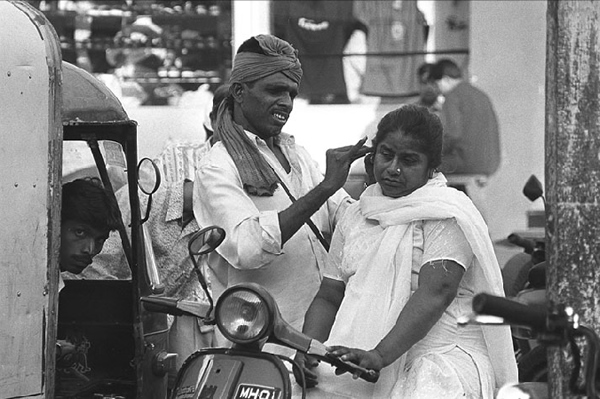
What does it take to produce a compelling street picture?
I think light, composition, visual geometry and all of that which we already know about make for compelling pictures. But for me the most crucial aspect is “what is the photographer’s world view” or “what does he have to say”.
Street photography has been a kind of starting point for many a documentary photographer and they can often be an extension of each other. The instincts with which one seeks out pictures on the street can are similar to those deployed while working as a documentary photographer. But very often what passes off these days as street photography is merely the results of photographers chasing shallow visual aesthetics. It has become a bit of a fad. I rarely gain an insight into what the photographer makes of his world. That does not have to be verbally articulated in pseudo-intellectual treatises but may well be evident in the photographer’s body of work to the careful reader of the images.
The street photographer is a flaneur – a loiterer who takes pleasure in the accidental discoveries that the outdoors throw up in terms of life experiences which he records keeping in mind technical things like light and composition, and of course, geometry. But you can’t be doing it just to accumulate compositions…there has to be something that you have to say through your experiences.
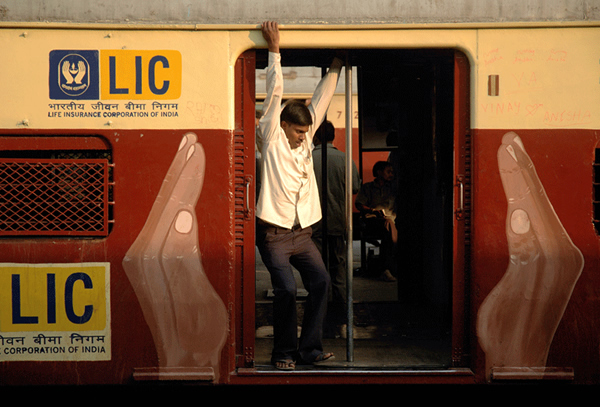
How do you move in the streets, any guidance if you could share for aspiring street photographers?
I would just walk about, basically strolling…my camera out, exposed for the world to see. I am not trying to sneak pictures. When I happen to make eye contact, I smile at people…it usually surprises them as here, we don’t smile at strangers. When I started I used to be apprehensive of pointing a camera at people the way most beginners are. And then, I would quickly sneak a few shots and leave because I felt uneasy and sometimes scared. But those you generally overcome with experience. Over time, I have figured out ways in which I walk around keeping my subject in my peripheral vision and not give them the impression that I am “hunting” him. Digital technology has an advantage…sometimes it’s possible to break walls between you and your subjects by showing them what you have just shot. That can ease a lot of tension if one finds themselves in sticky situations.
Street photography is also about the ability to pre-visualise – you need to know the point to which the scene needs to develop or can develop for the drama to be at a peak…how the static and the moving elements come together and for this you need to be able to “see” your frame…decide the edges in your head before you shoot. How else do you know what you are chasing and when you have got that equilibrium just right? So, I would usually take my time to “assess the situation” and the possibilities, work out the focal length and shooting distance in my head and then move in quick. Beyond this it is very difficult to articulate, I guess.
Other things, though peripheral to the image, but equally important are also things like how you dress and behave. You have to make the people around you comfortable with your presence and also be comfortable yourself. After that it’s not very difficult, really.
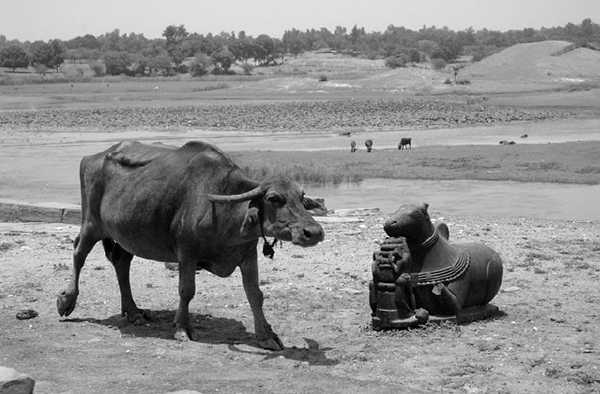
In your pictures, one could sense a state of silence and pictures close to the way of art? Could you please describe your style and what interests you?
You now are part of a group of people who have pointed out this aspect of the silence to me. All I can say is that it has not been done as a conscious effort. I guess, it has to do with the fact that I absolutely abhor the levels of noise, the crowds and the fast pace of life here in Bombay. People have often asked me, seeing my Bombay work, if I shoot only on Sundays! I think this dislike for chaos makes me gravitate towards quieter corners of a scene…even when I’m shooting in places away from Bombay.
I have never been a fan of this style thing. I am not sure if it is possible to consciously develop a style…I think it has to be more organic, an extension of your attitudes, beliefs and choices. I think people sense these things in your work if they are following it over time.
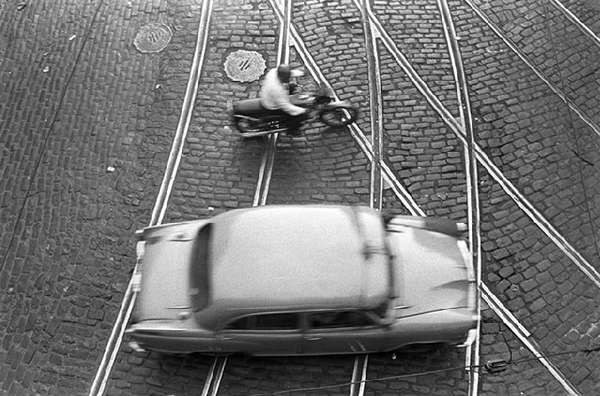
Has street photography become difficult in these days as the world is modernising? Your thoughts and views?
I am not sure if mordernisation, as you put it, has changed the intrinsic nature of street photography. Streets have always been changing, evolving sometimes with such rapidity that the process may seem violent (like parts of Bhendi Bazaar in Mumbai) and in some places it’s a very slow change (like in many parts of Kolkata, for instance)…that is natural, isn’t it? However, I think the thing that has become a part of the equation is a sense of suspicion with which a man with a camera is looked at with nowadays. Bombay, which has always had an attitude of indifference (as opposed to Kolkata’s attitude of unnecessary curiosity and involvement) was a place where a man with a camera just attracted a cursory glance from passersby and nothing more but since the Bombay riots of 1992-93 and the bomb blasts that followed it feels odd as though eyes were always following you when you pulled out a camera. For instance, shopkeepers would come out of shops and question you suspiciously about why you are hovering around…people wouldn’t let you go up on the terraces of their buildings, the police would shoo you away…so that’s changed in the last 20-odd years.
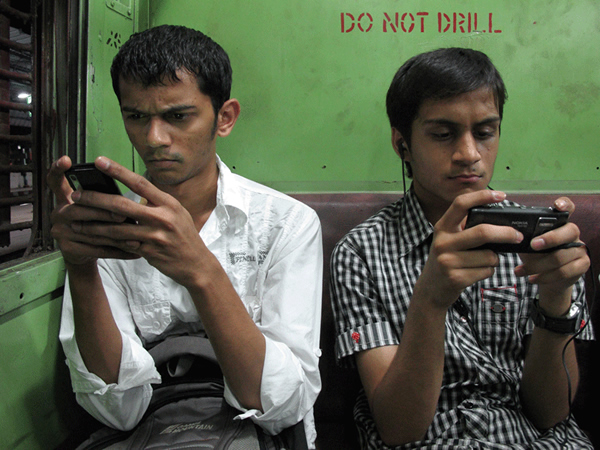
A small introduction about some personal projects you have done over the years?
My first project emerged when I got interested in buildings around Bombay which had clocks on them. The city’s British-era architecture interested me greatly and I would often wander around the Fort area in between assignments at The Observer seeking out such buildings. This also meant that I was doing a lot of shooting on the streets doing pictures of other subjects apart from these buildings. Some years later I was commissioned to shoot for a book on the Muslim neighbourhoods and this took me into so-called unchartered territories. I had never been around these neighbourhods so interesting discoveries happened and many streets; shops and signages were added to my bank of experiences. Bombay has been my subject for years, not out of choice but by sheer coincidence that I happened to live here. My intention has been to record the city in a somewhat not so routine manner, if I can say that. Off late, there has been a shift in my approach and my photography has become more interpretive rather than representational though it is still very much provoked by the sights, sounds and experiences of the streets. So, recently, I found myself doing pictures of coin-operated pay phones (The One Rupee-Entrepreneur) using them as a metaphor for the ingenious nature of the average Bombayite. And just a few months back I finished showing one of my recent works where I was doing mug-shot like portraits of Bombay’s faceless train commuters.
I am now wrapping up production work on my book on my ancestral village in Bengal, a subject I photographed for 12-13 years. That should be out around October 2012.
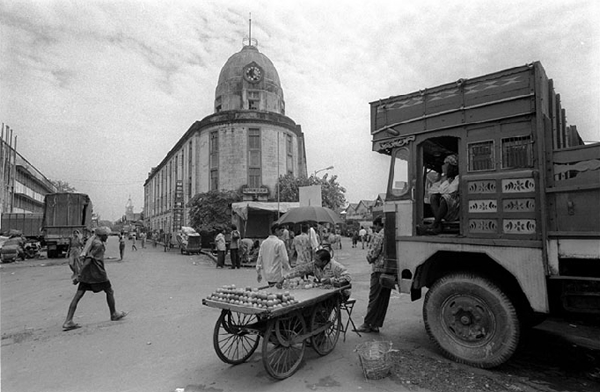
Your inspirations and reasons behind this constant drive for passion of photography?
You know, it’s not very hard to stay inspired. One sees interesting work being done by other photographers and that keeps you going. Also, there are always ideas going around in my head and I have this tremendous urge to develop those and work on them so that is also a source of great excitement that is important to keep alive.
However, off late, my interest has developed more in putting things together, thinking and making plans, very elaborate plans and narrative arcs for my ideas, researching them. This cerebral activity seems to interest me much more than the actual shooting process which sometimes quickly bores me.
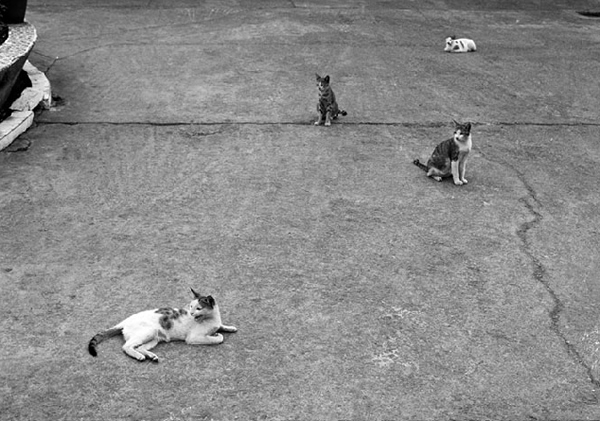
One picture with a story behind the making, if you could please share?
I started my career in 1992, two days before the post-Babri Masjid demolition riots broke out in Bombay. I was then in advertising, like I mentioned earlier, but this is when I first started observing my surroundings consciously. These were indirectly also the demands of my job, both as an advertising professional and later as a journalist. What one could not miss was how the intrinsic nature of the city was gradually changing. The pro-Marathi and pro-Hindutva party – the Shiv Sena, was always feared for their violence in Bombay but now they were growing in power and so was their arrogance. The two bloody Bombay riots and the bomb blasts that followed some months later changed the fabric of the city forever. In certain liberal circles the Shiv Sena were the butt of jokes and were often ridiculed, though may not be very vocally and openly. With time, Bal Thackerey, the party chief became more and more ridiculous in his pronouncements and behavior. As a citizen of Bombay I was a witness to all of this for years. This was the context that became very important in how this particular picture came about.
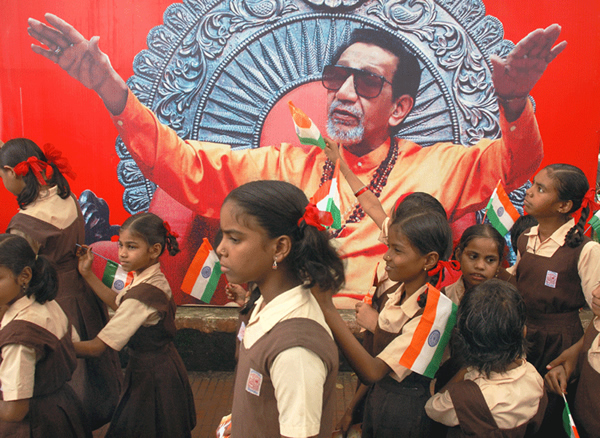
It’s a very simple picture and shows a group of young school girls walking past a goatee sporting picture of Bal Thackerey which occupies the background from edge to edge. A few of the girls are carrying the Indian tri-coloured flag. Balasaheb, as he is fondly referred to by his followers, seems to be presiding over this procession seated on a silver throne. Large flex posters with pictures of political figures are routinely deployed these days by parties of all hues for all kinds of occasions and this one with Thackerey had been waiting leaning against a wall near Thane station, possibly to be put up for the occasion of Independence Day which was a day away. For some reason there was a traffic jam and I was stuck and saw the long queue of girls walking past. As the bus inched forward I suddenly saw this hording and the absurdity of the scene brought about by the juxtaposition got me all charged up. Here was the picture, I felt, that would allow me to make my comment, one I was waiting for for years, about the joke that the ‘supremo’ had turned into – a self-proclaimed reigning god of the city of Bombay.
So, you see, the point I was making earlier about “what is the photographer’s world view” is very critical. Of course, after you have arrived at “what you want to say”, you have to figure out “how to say it” and that is where composition etc. comes in. Now it’s up to the photographer whether he wants to keep it simple or layer it with more complexities. This is akin to any language and photography too is one with its own grammar. This also means that your audience needs to walk up halfway and be aware of the context of the picture to complete the communication. The image otherwise may or may not be appreciated as a mere aesthetic artifact.
Quick Questions
- What is your idea of happiness?
I am happy as long as there are ideas swirling about in my head challenging me. - What is your greatest fear?
Losing vision in my right eye and the use of the index finger on my right hand! - What do you consider your greatest achievement?
The fact that I have managed to stay interested in photography given the low level of demands made on a photographer, intellectually, that is, especially in our media organisations. - Where would you like to live?
Maybe, Kolkata. - What is your most marked characteristic?
I am very disciplined and systematic when it comes to my work and also in most aspects of my life. - What do you most appreciate in your friends?
That they are all as good as they are in what they do. - Who are your heroes in real life?
Mohandas Karamchand Gandhi - What is love?
Caring. - Who are your favorite authors?
Truman Capote. I also like to read Satyajit Ray and Alfred Hitchcock though one may not strictly consider them authors. - What is your favorite motto?
This isn’t exactly a motto but this manifesto of LIFE magazine which I carry in my wallet at all times has been the guiding philosophy of my photography. Here it is…
To see life;
To see the world, to eyewitness great events;
To watch the faces of the poor and the gestures of the proud;
To see strange things – machines, armies, multitudes, shadows in the jungle and on the moon.
To see man’s work – his paintings, towers and discoveries;
To see things thousands of miles away,
Things hidden behind walls and within rooms,
Things dangerous to come to;
The women that men love and many children;
To see and to take pleasure in seeing;
To see and to be amazed;
To see and be instructed;
Thus to see, and to be shown, is now the will and new expectancy of half mankind.
Thanks again for this wonderful opportunity with 121clickes.com, any final thoughts for our readers and aspirants?
Thank you.
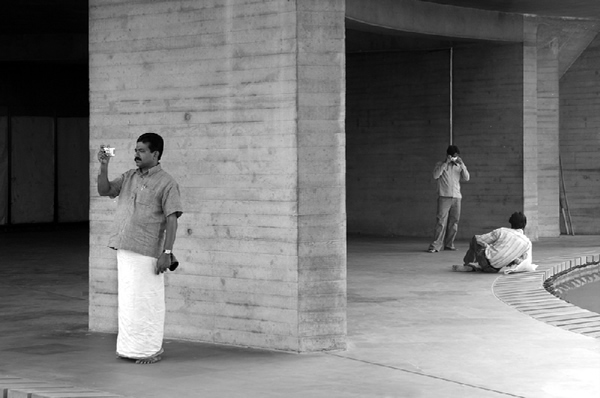
You can find Chirodeep Chaudhuri on the Web :
Copyrights:
All the pictures in this post are copyrighted to Chirodeep Chaudhuri. Their reproduction, even in part, is forbidden without the explicit approval of the rightful owners.


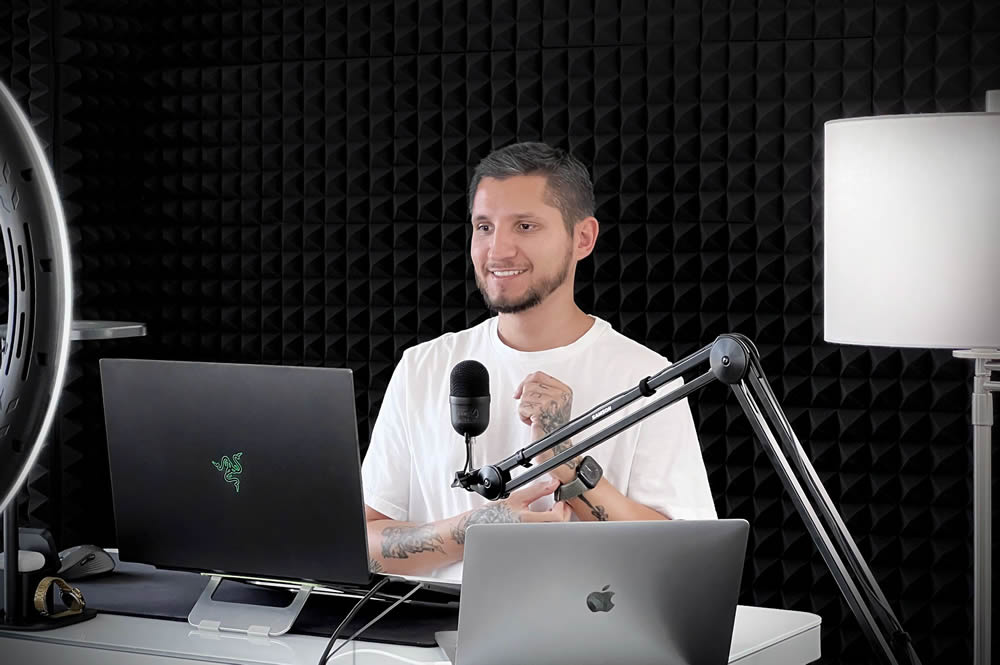
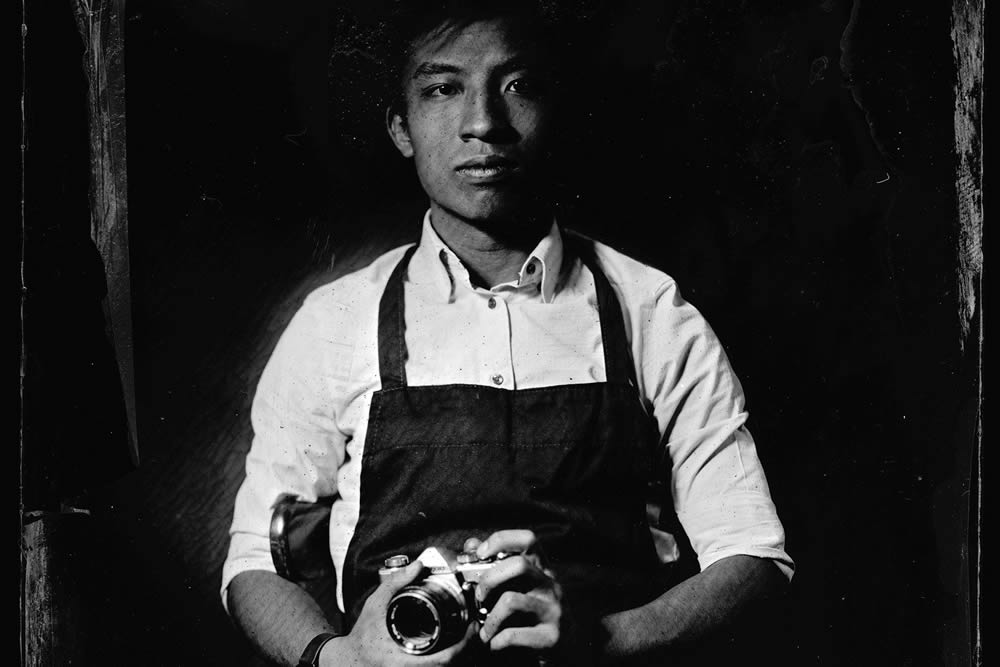
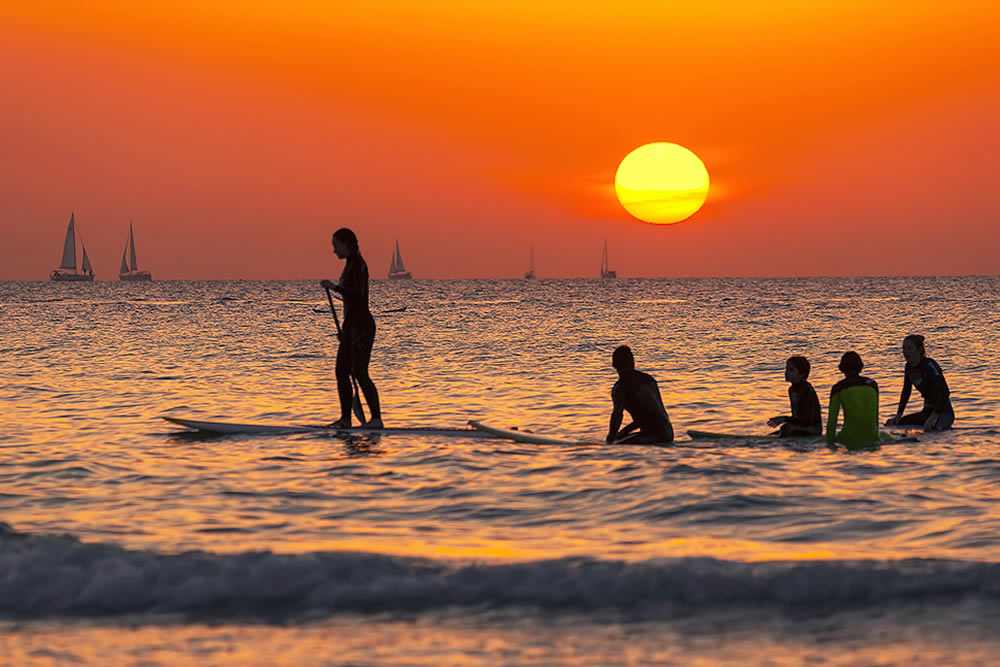
6 comments
Its long interview.. A Great inspiration people like me.
Thanks for the great interview. All the Best Chirodeep. I just checked your website.
Some amazing photographs here!!! Thanks for sharing..
Love the way you are seeing things. Yes, So silence in your photography. Kudos.
always cherish seeing your pics:)
LIFE Magazined changed your life. I really like the silence in your pictures. Also, from your website I enjoyed the “One Rupee Entrepreneur”, “City by the Sea” and “Bombay Clocks”.
Thanks a lot for this wonderful interview.